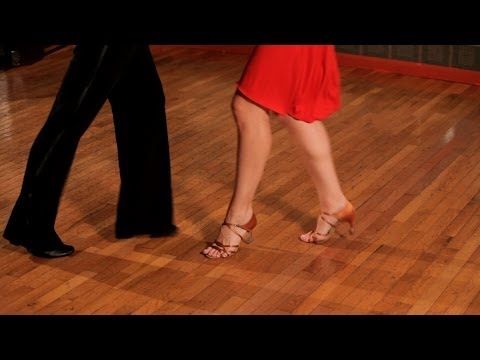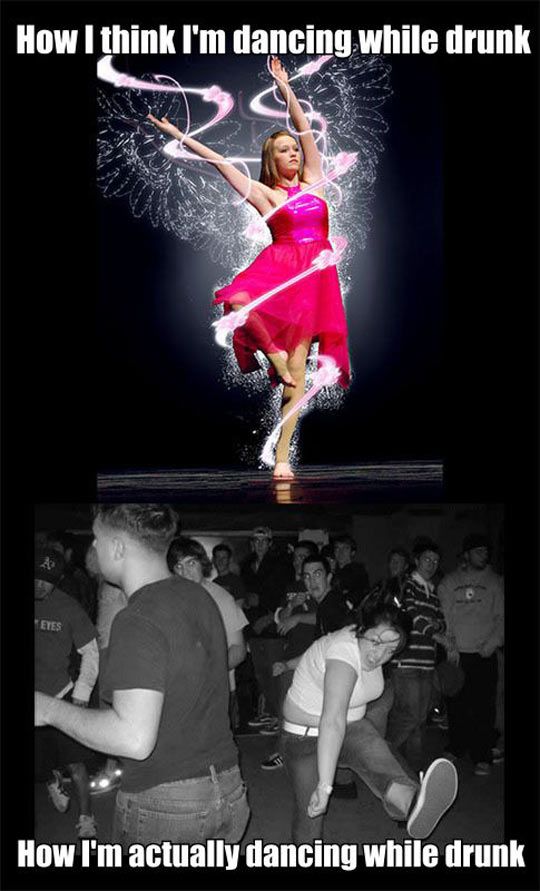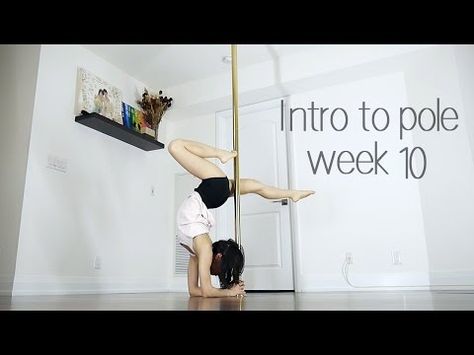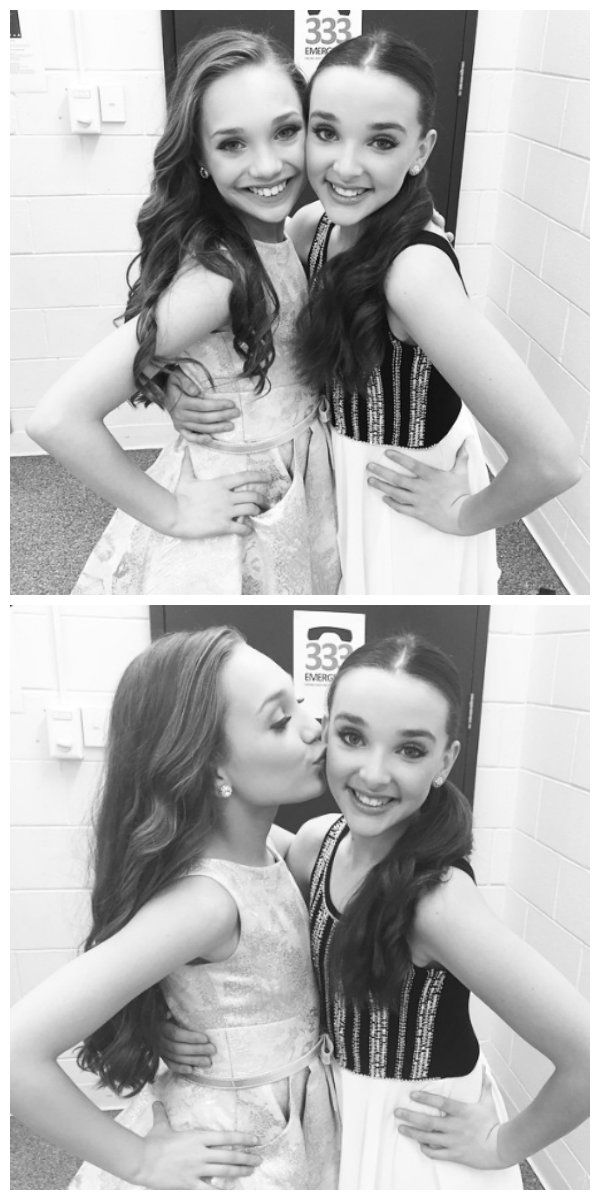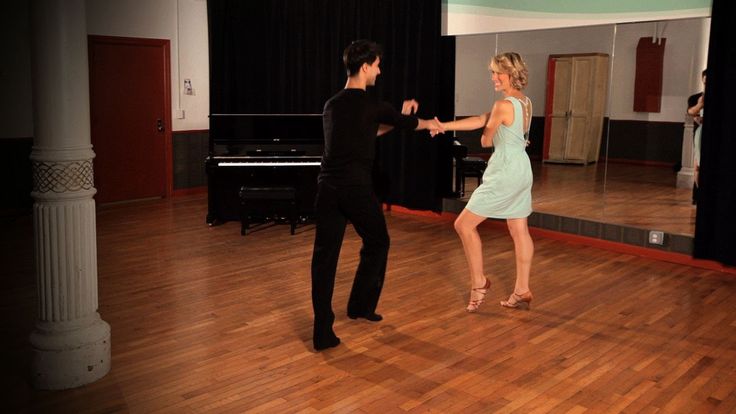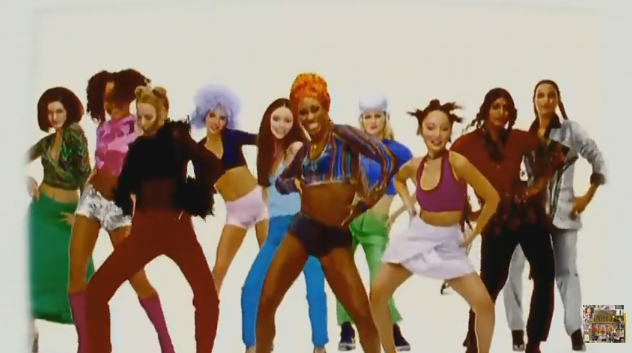How to dance mambo
How to Dance Mambo: Beginners Guide to Mambo
Do you want to know how to dance Mambo?
Mambo Dance by clara (CC BY-SA)You may have heard of the Mambo from many tenets of popular culture. West Side Story majorly popularized the dance after the widely-viewed movie was released in 1961.
The Mambo became a hit after the scene in West Side Story in which the two rival gangs face off in a dance competition.
You may have also heard the song Mambo no. 5 by Lou Bega, which charted at number 1 in many different countries.
Table of Contents
1
How to Dance Mambo
Mambo is a Latin dance of Cuba that originated in the 1940s when the music genre of the same name became popular throughout Latin America.
Lou Bega by alexconst (CC BY)The original ballroom dance which emerged in Cuba and Mexico was related to the dance literally named the danzón, albeit a faster and less rigid alternation.
In the United States, it replaced the rumba as the most fashionable Latin dance. After the popularisation of many different Latin dances, a new type of mambo dance was popularized in New York.
History of Mambo
In the mid-1940s, a bandleader devised a dance for a new form of music known as mambo music, taking its name from the 1938 song ‘Mambo 1980.’
Pérez Prado by culturacdmx (CC BY-SA)It was a syncopated and less rigid form of the danzón which gave dancer license to express themselves.
Havana native Pérez Prado brought the dance from Cuba to Mexico and it became a Latin staple.
The original mambo dance was characterized by freedom of expression on the dancefloor along with a complex combination of footsteps.
The Mambo dance originated with Pérez Prado and was popular in the 1940s and ’50s in Cuba, Mexico, and New York.
The Original Mambo Dance
You’ll find that the original Mambo dance is completely different from the modern version known as the Mambo in New York. The new form is also known as salsa “on 2”.
The original mambo dance contains no basic or breaking steps at all, but a complex combination of footings.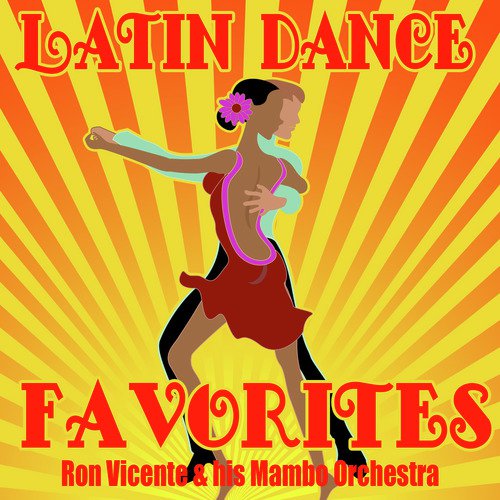
In the 1940s, Puerto Rican dancer Pedro Aguilar (known as ‘Cuban Pete’) became known as the greatest Mambo dancer of all time.
Mambo live show by culturacdmx (CC BY-SA)He popularised the dance in New York City, with regular visits to the Palladium with his wife.
The modern Mambo dance from New York was popularized in the late 1960s into the 1970s by George Vascones, president of a dance group known as the Latin Symbolics.
This is the version in which the footsteps are less complicated and easier to follow.
George Vascones continued the Mambo dance tradition which started two decades earlier during the Palladium era which was huge around the time of Cuban Pete.
How to Dance Mambo
The video below explains how to the Mambo dance concentrating on the forward and back step:
Forward Basic (Forward Break)
Lead – the lead starts by putting the left foot forward (as in most dances) and shifting the weight onto it.
The right foot stays in place, the leg-lengthening. Then the lead rocks back onto the right foot, waiting until full weight has been transferred to it before sliding the left foot back next to the right.
The dancer then transfers the weight back to the left foot in preparation for stepping over on the right, taking weight on that foot, and dragging the leftover to close the step.
All of these steps are done with the feet staying flat on the ground.
In fact, often in dance studios, teachers will have the students dance with paper towels under their feet, sliding around the floor in the patterns.
Follow – To a great extent, the partner mirrors the steps of the lead. Starting with the weight on the left foot, the right slides forward, and the full weight of the body comes onto it in a rocking forward motion.
Stepping back, the weight shift results in a step to the left, the right foot coming to close at the end of the basic next to the left. Weight shifts onto the right then in preparation for the Back Basic.
Weight shifts onto the right then in preparation for the Back Basic.
Backward Basic (Rock Back)
Lead – The lead puts the right foot back, bending the left knee as the weight comes to rest on that foot. The left foot shouldn’t move. After the weight has rocked back onto it, push forward again onto the left leg.
Step forward and close, changing weight onto the right leg, in preparation for going back into the forward basic (or whatever other move is planned).
Follow – Extending the left foot back, the right knee bends and there is a rocking motion back as the body shifts onto the left foot.
The right should never leave the floor, however, the shift is subtle.
Rocking forward, the weight comes back onto the right and as the left comes back to close the dancer has completed the most basic of mambo steps.
Express Yourself
While the basic step is fun, the true magic of the Mambo comes in the fast and intricate permutations created by the dancers as they move together.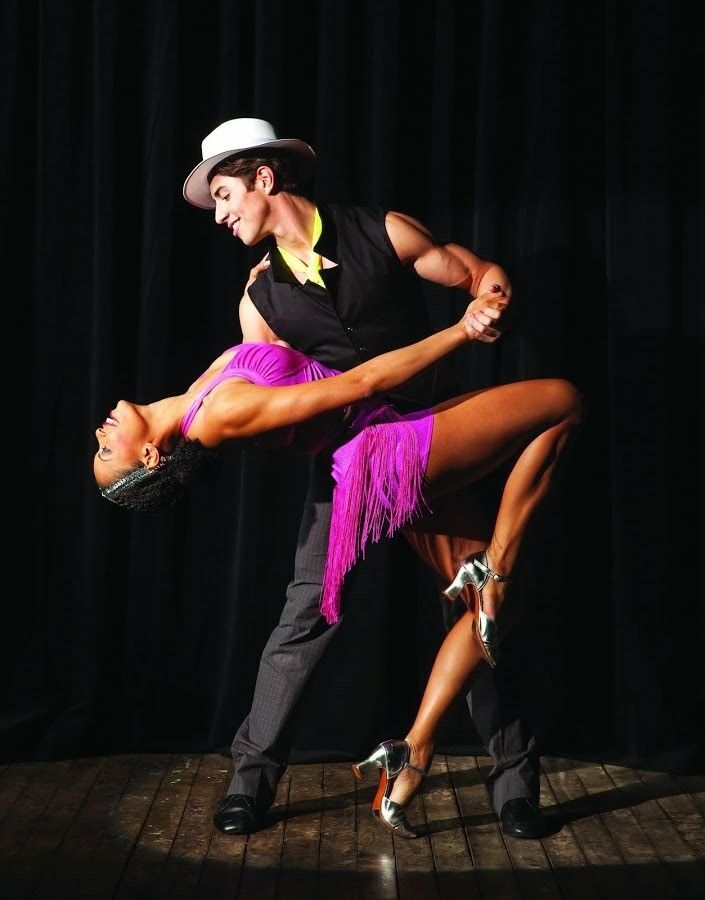
The best thing is that since this is a Latin dance, many of the same moves that applied in Salsa, Rumba, and other Latin dances work very well.
The Cross-Body Lead
Especially useful in tight situations, the cross-body lead is a tool used by the lead to guide the follow into a new place on the dance floor, facing directly opposite of the original position.
In other words, if the lead starts facing a wall, at the end of the move the follow will be facing the wall.
Affectionately known by some dance instructors as “Drag-Her-Around”
The cross-body lead is three steps that shift weight on the same feet as the basic step, with the variation of a 180-degree pivot turn being performed after the first weight shift.
The follow simply takes the steps forward and across the lead’s left side, performing the same kind of 180-degree turn but in the form of two 90 degree turns in the second and closing step.
The Crossover Break
A stylistic variation, the crossover break occurs when both the lead and follow keep their hands connected but let their feet turn one-quarter turn away from each other, moving back into what is called (in ballroom) “fifth position.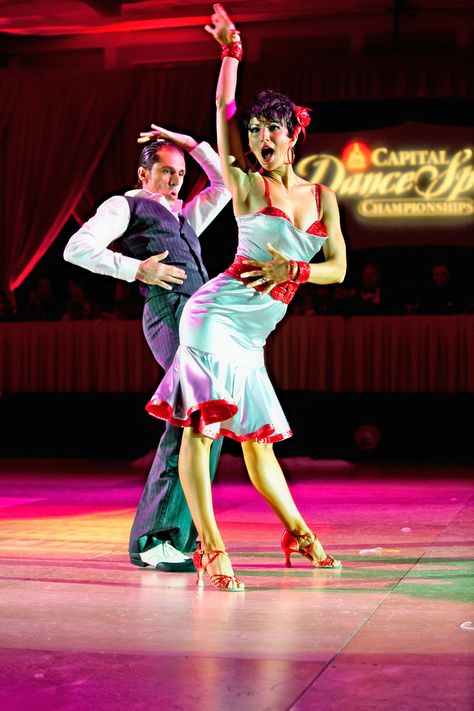 ”
”
This should not be confused with the fifth position in ballet; the foot is behind and slightly to the side of the other.
However, the most important is that weight should be entirely shifted onto the rear foot. A common error is to simply “tap” the foot, which dilutes the full effect of the break.
These are only two examples of simple moves, and they can be combined to create a move called the “curved-forward basic.”
Ideally, though, mambo dance steps should be learned first in a ballroom dance studio and then out in the clubs. The dance is alive there for all to learn and enjoy.
Famous Mambo Songs
Once you’ve got your salsa steps down to a T, it’s time to familiarize yourself with the most famous Mambo songs.
See these world-famous Mambo songs below:
- Cherry Pink and Apple Blossom White – Perez Prado
- Bonito Y Sabroso – Benny Moré
- Papa Loves Mambo – Perry Como
- Hong Kong Mambo – Tito Puente
- Mambo no.
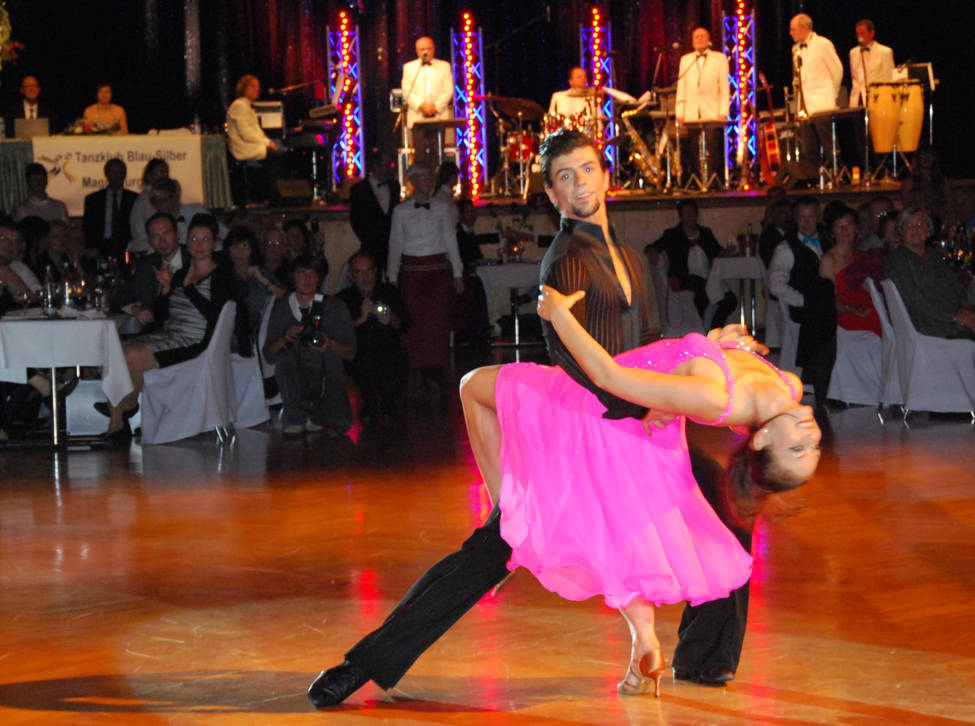 5 – Lou Bega
5 – Lou Bega
Now you shouldn’t have any trouble impressing your friends and family with these Mambo rhythms.
How to Dance Mambo: Conclusion
The Mambo is historically important to the cultures of Cuba and Mexico. New York was the major proponent without which it wouldn’t still exist.
Thanks to the talents of Cuban Pete and the many schools that brought innovation to the dance, it’s still one of the most exciting dances to come out of the Caribbean.
Hopefully, with this guide, you can be a Mambo Master in no time!
📌 Like this article? Pin it…
Missing something? Got tips, tricks & advice we can learn from?
💬 Leave a nice comment or let’s start a conversation below!
“Dear friend! Some links in this post contain affiliate links. Meaning, if you click through and make a purchase, book a hostel or sign up for a tour, I may earn a small commission at no additional cost to you.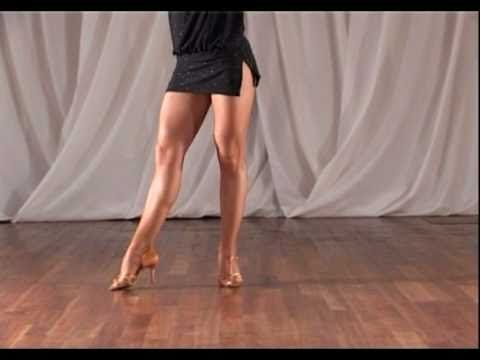 Your support means a lot and helps me to keep traveling and maintaining the quality of this site for you.”
Your support means a lot and helps me to keep traveling and maintaining the quality of this site for you.”
Mambo Dance Steps - Dance Poise
Mambo dance steps involves a bit of sensual Cuban dance moves. It is one of the most popular form of dances in United States. Mambo dance moves are similar to Salsa, but a bit crisper and difficult. If you want to break into a mambo, read on to learn this dance steps.
Mambo was widely popularized in Cuba by Prado Prez, in the 1940s. When Perez Prado and his orchestra toured United States in 1951, he created a craze on the New York dance floors with his mambo and came to be known as the mambo king. Mambo was second only to the rumba, another Cuban-African dance which spread in the United States like wildfire. Mambo became a popular dance form in dancing competitions in the dance halls of New York. Dancers twist and turn and throw their partners, arms, legs and hands in air when swaying to the mambo rhythms.
Mambo dancing is basically a 4/4 steps dance form.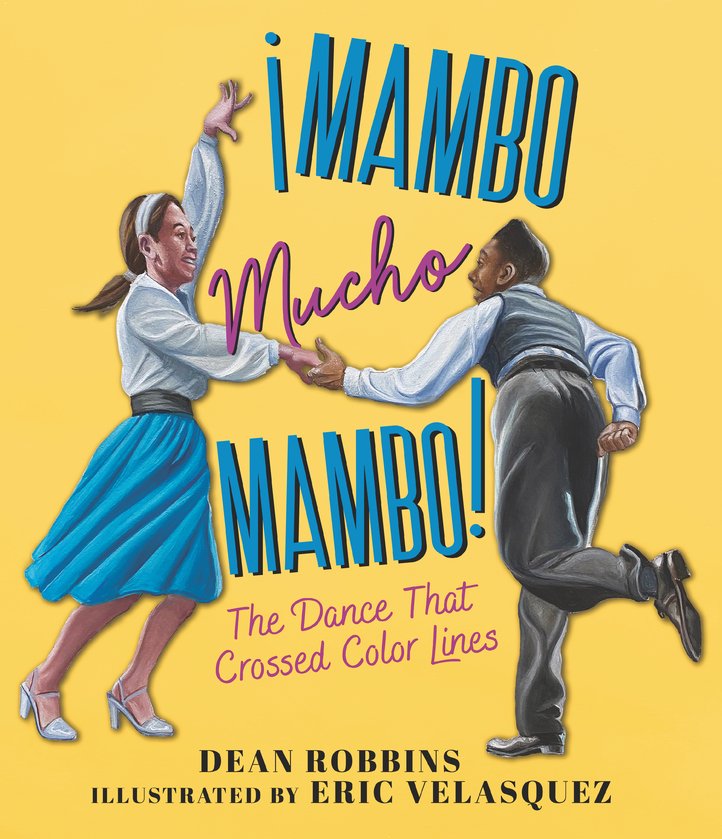 There are no movements on the first step of every 4/4 beat. This is followed by quick-quick-slow beats. When moving forward and backward, dancers sway their hips, which looks like a fluid motion flowing with the music. The fast-stepping mambo gave rise to another form of dance known as the ‘cha-cha’ dance.
There are no movements on the first step of every 4/4 beat. This is followed by quick-quick-slow beats. When moving forward and backward, dancers sway their hips, which looks like a fluid motion flowing with the music. The fast-stepping mambo gave rise to another form of dance known as the ‘cha-cha’ dance.
Mambo is easy to learn but these basic steps may take little time to master.
Mambo Dance Moves
- Stand facing your partner. Place your feet together.
- Place the right hand on your partner’s waist and extend your left hand, palm facing up and arm bent to your side.
- Hold your partner’s hand in a loose grip and wait for the music to begin.
- Do not move when you hear the first beat. On the second beat, step back with your right foot. On the third beat, shift the body weight to your left foot.
- Step forward with your right foot and bring both feet together on the fourth beat. The body weight has to be shifted on the right foot again.
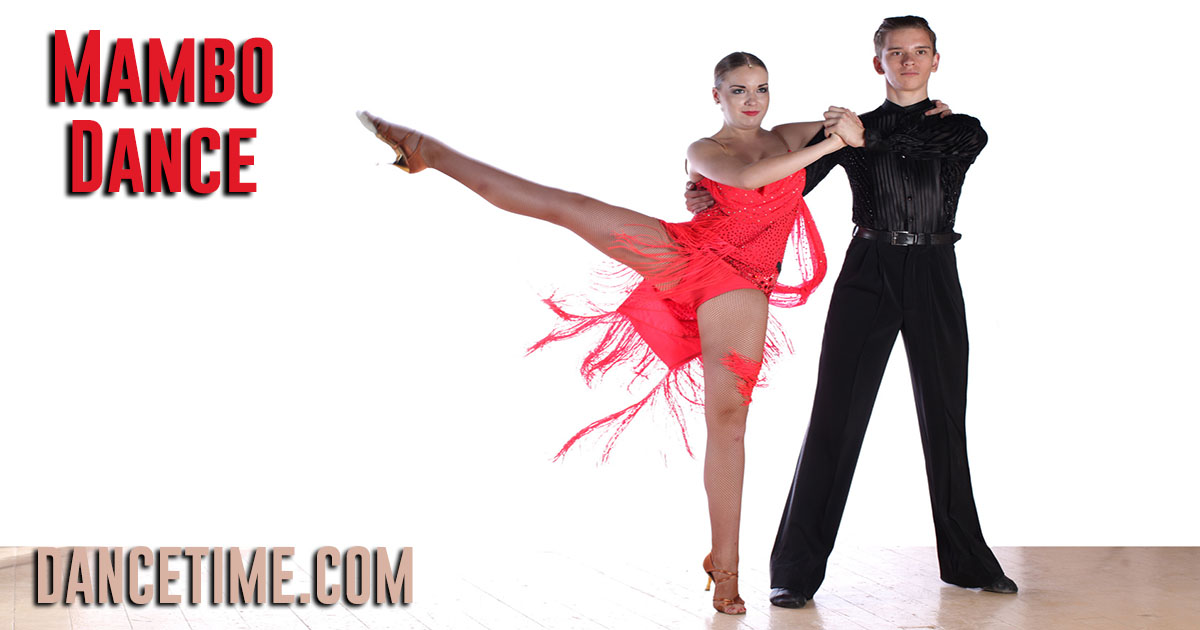
- After pausing for the fifth beat, shift your weight to your left foot and step forward on the sixth beat.
- Shift the weight back to your right foot on the seventh beat and on the final eight beat shift your weight back to your left and step back, bringing your feet together again.
The female partner dances on the exact opposite dance moves of the male partner. She has to follow her man’s lead, dancing backward when he moves forward and moving forward when he dances backward.
Drag Around Mambo
If you wish to jazz things a bit, then you may try the “Drag-Her-Around” mambo moves, also called the cross-body lead. The lead faces the wall and at the end of the move the follower faces the wall. This is a three step dance, where the weight is shifted on the same feet, similar to the basic mambo steps. The variation in this form is the 180 degree pivot turn that is performed after the first weight shift. The lady partner just follows her lead and takes the steps forward and across the leads left side.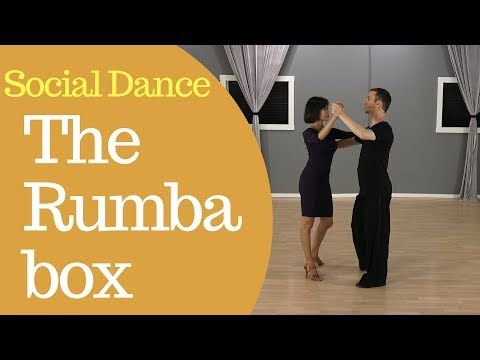 She also performs the 180 degree turn but she breaks it up in two 90 degree turns in the second and final step.
She also performs the 180 degree turn but she breaks it up in two 90 degree turns in the second and final step.
Crossover Break
The crossover break is a stylish variation, when both the lead and follower keep their hands connected. Their feet turn one-quarter away from each other. They move into the ‘ballroom’ position, that is, the ‘fifth position’. The weight should be completely placed on the rear foot.
Mambo dancing is very energetic and full of life. It has been widely popularized today after the initial cool down brought about by Ricky Martin in the 1990s. This Latin dance is the one from where the term ‘shake it’ was first coined, due to the hip movements involved. The dancers appear passionate about each other and one can feel the intensity of emotions flowing through their bodies while dancing a mambo. Try the dance steps to liven up your spirits as Lou Bega rightly says in his song:
Mambo mambo eh eh
The babes are all around me
Mambo mambo eh eh
Dancin all night long
Mambo mambo eh eh
The babes are all around me
Mambo mambo eh eh
To the break of dawn
Like it? Share it!
Uncategorized
Get Updates Right to Your Inbox
Sign up to receive the latest and greatest articles from our site automatically each week (give or take). ..right to your inbox.
..right to your inbox.
Email Address *
Mambo Dance - Mambo.
There are many dance styles, but none of them can compare with the mambo dance . This dance is distinguished by its special incendiary, energy, liveliness of movements, which are quite difficult to perform.
Mambo
Mambo (Spanish mambo ) is a musical style and dance of Cuba, which is also widespread in the Latin American countries of the Caribbean, as well as in those from the United States where people from these Latin American communities come from countries.
Origin
Mambo , like Rumba , Salsa , Cha-cha-cha , was born in Cuba. The word " mambo " comes from the name of the god of war, to whom a ritual dance was dedicated in Cuba in the distant past.
The word " mambo " comes from the name of the god of war, to whom a ritual dance was dedicated in Cuba in the distant past.
The first real mambo dance was very simple. But, over time, famous dancers managed to make the dance really unique.
They retained the basic movements of the legs and hips, but also added some elements that they could not add to any of the other existing dances. This is how the dance, unique in its beauty and complexity, turned out.
Initially, mambo was performed only to fast rhythms of music, but over time, when some very famous and nowadays slow mambo compositions were written, dancers found another way to express this dance. The current form of Mambo was born in the 40s as a result of the fusion of Afro-Cuban rhythms and jazz, whose fathers were Odilio Urfe and Arsenio Rodriguez .
The famous Cuban composer Damaso Pérez Prado (1916-1989) really liked the new rhythm. Perez Prado increased the number of wind instruments in his orchestra, and a new sound was obtained, and immediately after his birth, he began to win the hearts of thousands of people around the world.
Perez Prado increased the number of wind instruments in his orchestra, and a new sound was obtained, and immediately after his birth, he began to win the hearts of thousands of people around the world.
Damaso Perez Prado promoted mambo in the United States of America. After graduation at 1944 year by the American record company Victor of a collection of his melodies called "Mambo", the success of the new rhythms reached the United States. And the Cuban composer himself, after a resounding success, began to be called the "King of Mambo".
Contributed to the development of mambo and Javier Cugat, a musician born in Spain and raised in Cuba. His musical works combined Afro-Cuban rhythms and flamenco melodic turns.
Features
Mambo's music is charming and varied, with a distinct rhythm. Initially, it was performed as Rumba with a slowdown at the end of the tempo, i.e. on 4 beats in 4/4 rhythm.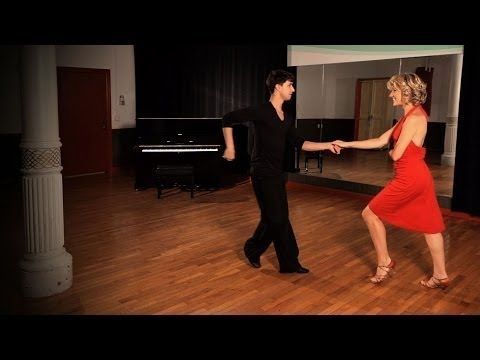 Some musicians used the 2/4 rhythm, slowing down the 2nd and 4th beats respectively. The emphasis of the main step on the 2nd beat is observed in ballroom dancing.
Some musicians used the 2/4 rhythm, slowing down the 2nd and 4th beats respectively. The emphasis of the main step on the 2nd beat is observed in ballroom dancing.
Professionals note the dissimilarity of most mambo movements with dance steps from other dances. All the metamorphoses that this dance has undergone in its history have made it truly unique. The uniqueness of the dance, charming music, mesmerizing beauty and temperament of the movements made mambo one of the most popular dances not only in Latin American choreography clubs, but also at dance parties, discos and parties.
7
Dance clubs and schools
You're viewing: do_dance_mambo.html
NewOldUsefulUseless
Page 1 of 1
Write a review
Encyclopedia of Dance: Mambo
Madness of human passions pervades temperamental and sensual mambo. Cuba can rightfully be proud of its melodies and rhythms. Rumba and cha-cha-cha, salsa and mambo celebrate this charming, sunny island.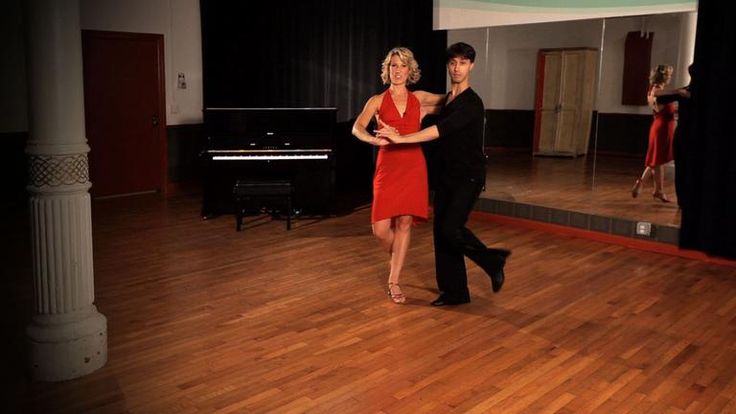
The word "mambo" comes from the name of the god of war. From time immemorial, the Cubans dedicated a ritual dance to him, in order to earn favor and secure patronage. The mambo dance has much in common with rumba and cha-cha-cha (at first, the famous cha-cha-cha was even called syncopated mambo), but it is distinguished by great temperament, freedom in expressing feelings and emotions, and luxurious musical accompaniment.
Incendiary mambo rhythms are widely used in cinematography. This dance is both a means of seduction and a way to express your feelings. Some of the most famous motion pictures featuring dance are Mambo, starring Antonio Banderas and Armand Assante, and the more recent film Dirty Dancing, starring Patrick Swezi.
The history of the origin of the dance
The modern form of mambo was formed in the middle of the 20th century as a result of the combination of jazz and Afro-Cuban rhythms. The founders of the new style were Odilio Urfe and the blind drummer Arsenio Rodriguez, who is also considered the author of salsa melodies and rhythms.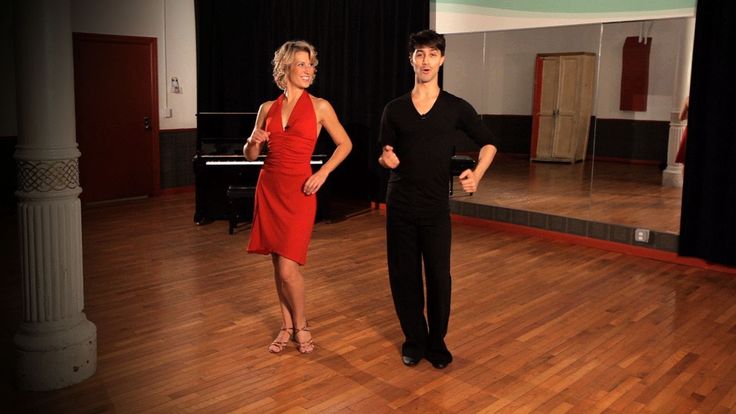 A new musical style was introduced on stage in 1938 by Orestes López with the Orquesta Arcanos orchestra. And he called it "mambo".
A new musical style was introduced on stage in 1938 by Orestes López with the Orquesta Arcanos orchestra. And he called it "mambo".
The history of the dance begins later, when the dancers noticed the melody, mastered new rhythms and created figures suitable for them. Secular society reacted negatively to the new dances, calling them dirty. To promote mambo, Orestes Lopez began to introduce jazz elements into the music.
Cuban composer Damaso Pérez Prado promoted mambo in the United States of America. After the release in 1944 by the American record company Victor of a collection of his melodies called "Mambo", the success of the new rhythms reached the United States. And the Cuban composer himself, after a resounding success, began to be called the "King of Mambo."
Contributed to the development of mambo and Javier Cugat, a musician born in Spain and raised in Cuba. His musical works combined Afro-Cuban rhythms and flamenco melodic turns.
What is mambo?
This dance belongs to the category of "dirty dances".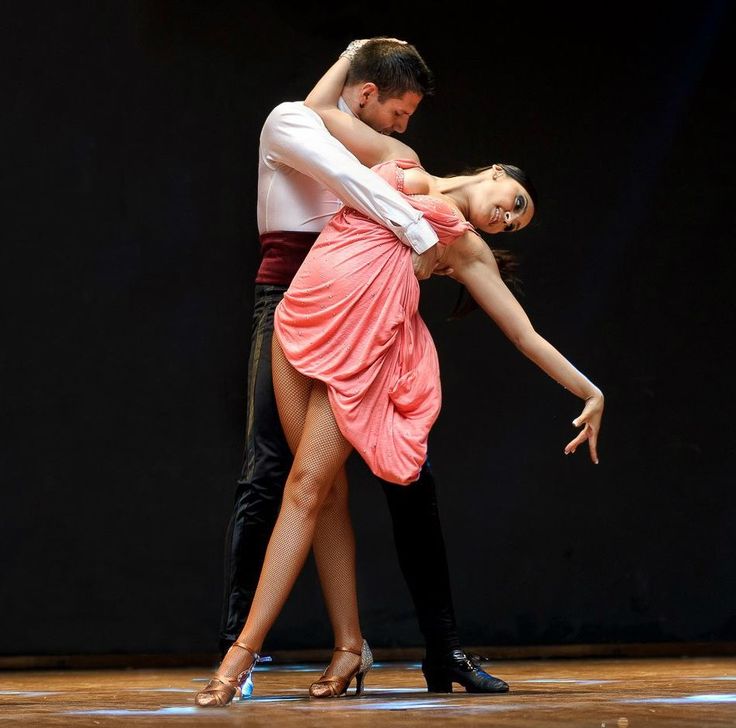 After all, the basis of his movements are wave-like, circular, swaying movements of the hips. The dance is permeated with sensuality and eroticism, and the choreography is based on jazz elements.
After all, the basis of his movements are wave-like, circular, swaying movements of the hips. The dance is permeated with sensuality and eroticism, and the choreography is based on jazz elements.
Energetic mambo attracts beginners with the simplicity of basic movements, and incendiary music will allow you to enjoy dancing from the very first lessons. Mambo can be danced in pairs, in a group and alone. The music is distinguished by a clear rhythmic pattern, which makes it possible even for a beginner to easily coordinate movements with musical accompaniment.
Mambo is played in slow motion at the end of the bar, i.e. to the count of 4 with time signature 4/4. In ballroom dancing, the emphasis is on the second beat. Cubans can slow down on any shot.
Features of mambo
Despite the fact that the basic movements of mambo are relatively simple, professional dancers have managed to embellish this dance with complex elements that are not used in any other dance.